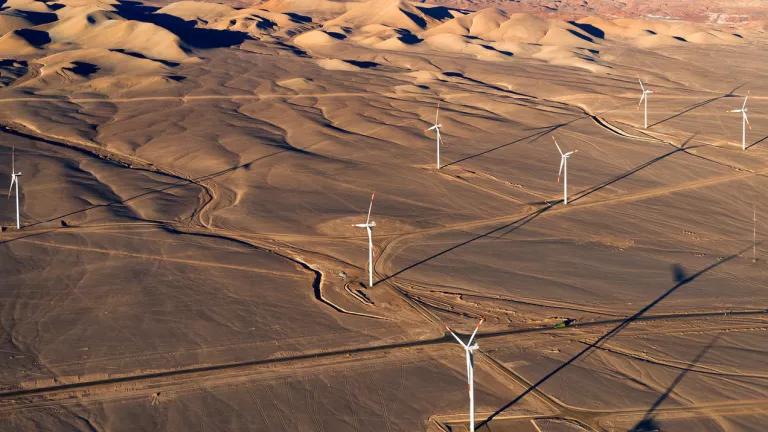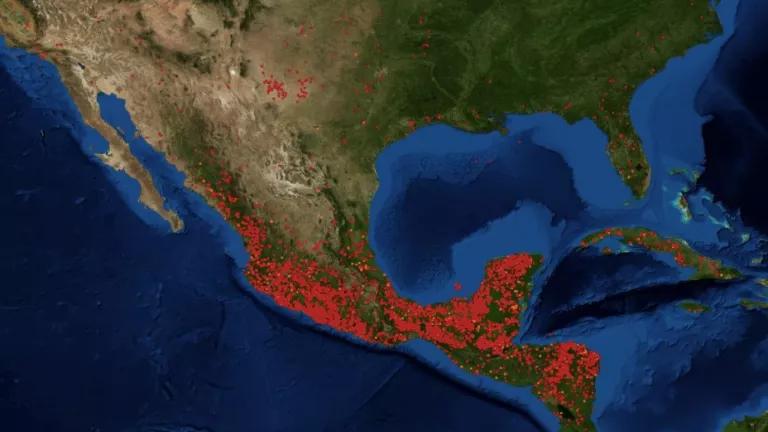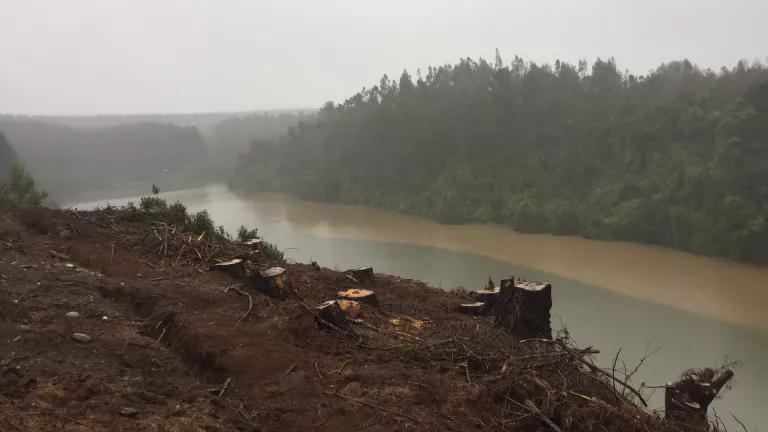Primed for Success: The Remarkable Potential for -and Barriers to- Chile's Renewable Energy Sector
Chile’s Renewable Energy Center (CER) released its annual report about the country’s non-conventional renewable energy* sector this week, showing that 2012 was a record-breaking year for the industry. 165 megawatts of renewables connected to the grid last year, bringing the total to 876 MW. This 23-percent jump over the total capacity of renewables in 2011 is just one of several clear signs in Chile that this sector is primed for success. Yet for this trend to continue, and for the country to meet its future energy needs with sustainable and local energy resources, the government will have to make a real commitment to the sector with specific, concrete and strategic measures. Among these measures, Chile should prioritize steps to unblocking its stalled geothermal sector, which could make a significant contribution to the country’s grid with its abundant renewable base-load power.
Every week, Chile’s media announce new renewable energy projects (for a sample, see here, here and here). In addition to CER’s report, these articles highlight an important fact: to assess the country’s potential for renewables, you also have to look beyond the current installed capacity of energy projects to what is in the pipeline.
For example, 6,169 MW of renewable projects entered the environmental impact review system in 2012, bringing the total capacity of renewables projects in the review process to more than 10,000 MW. To put this in context, the current total installed capacity of Chile’s main grids is approximately 17,500 MW, and these grids have long been dominated by fossil fuels and large hydropower. So renewable projects in the review process –meaning those approved but not yet built and those awaiting approval– equal more than half of the country’s present installed capacity. That is a remarkable number.
In addition, two proposed conventional power plants –the 2,100 MW coal plant Castilla and the 2,750 MW massive hydro project HidroAysén–are illustrative of the blossoming opportunity for renewables in Chile. When both were proposed several years ago, many people assumed they were a sure thing, proponents argued that Chile would face an energy crisis without them, and renewables were not considered seriously as alternatives. Now, both proposed projects are halted indefinitely due to legal and political reasons while environmental authorities have approved 6,357 MW in solar and wind projects—far more than Castilla and HidroAysén combined.
One surprising conclusion from CER’s report is how little geothermal is in the pipeline. With 50 MW approved and 70 MW still under environmental review, geothermal projects are far from meeting the country’s potential, which has been estimated to range from 3,350 MW to 16,000 MW. This resource is abundant, located relatively close the demand centers, and can run 24 hours a day. It is a clear alternative to large hydro and coal-fired power plants, yet not a single plant is currently operational.
Why not?
To address this issue, today NRDC is co-hosting a seminar with the University of Chile’s Center for Geothermal Excellence in the Andes (CEGA) about the barriers blocking Chile’s geothermal development and the solutions needed to unleash the sector. My colleague, Carolina Herrera, and I have been in Santiago all week preparing for today’s seminar, where a variety of stakeholders will engage in open discussion about the future of geothermal energy in the country. While the event has yet to begin, we have already heard some telling feedback: several people have noted that this is the first time that someone has brought together all of the necessary voices to talk together about the barriers to geothermal. Clearly this type of open and shared dialogue is an important first step toward overcoming the sector’s obstacles. Later today I’ll blog again about the key findings from the seminar.
In the meantime, let’s return to the broader issue of Chile’s renewable potential. Of course, not all 10 GW of the renewable projects presently in the pipeline will be built. Developers face challenges beyond the environmental impact review process, including financing, grid connection, and securing long-term customers. Geothermal energy in particular has specific obstacles to surmount. But Chile’s renewable sector is ready to make the leap from being considered “alternative energy” to being a major contributor to the grid. Clear, specific and concrete measures from the government and open dialogue with all of the sector’s stakeholders can help make this opportunity a reality.
*In Chile, the phrase “non-conventional renewable energy” is used to separate large hydropower from other renewable technologies, as hydropower is considered a conventional energy source. However, for the sake of brevity, I will use “renewable energy” to refer to “non-conventional renewable energy.”




